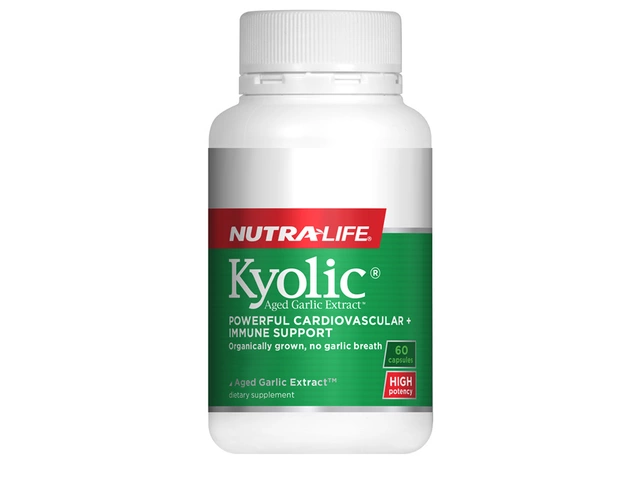Premarin: Uses, Side Effects and Safer Alternatives
Premarin can ease hot flashes and protect bones, but it isn't a one-size-fits-all fix. On this archive page we summarize what we published in June 2025 about Premarin: how it works, common side effects people report, and practical alternatives you can discuss with your doctor.
Who benefits and how it works
Premarin is a form of estrogen derived from conjugated equine estrogens. Doctors prescribe it mainly for menopausal symptoms like hot flashes, night sweats, and vaginal dryness, and sometimes to prevent bone loss after menopause. If you still have a uterus, your doctor will likely add a progestin to lower uterine cancer risk. People who had a recent blood clot, active liver disease, or certain cancers usually avoid estrogen therapy. If you are unsure about risks, ask for a clear review of your medical history and any family history of breast cancer or clotting disorders before starting treatment.
Side effects, monitoring, and alternatives
Common side effects include breast tenderness, spotting, nausea, and bloating. Some people report mood swings or headaches. Over time, estrogen therapy can slightly raise the risk of blood clots and stroke, especially in smokers or people over 60. That is why doctors recommend the lowest effective dose for the shortest time needed. Routine checkups should include blood pressure, weight, and a review of symptoms. If you notice swelling in a leg, sudden chest pain, or shortness of breath, seek immediate care.
Non-hormonal options that showed real benefits for many people include SSRIs and SNRIs for hot flashes, gabapentin for night sweats, and local vaginal moisturizers or low-dose vaginal estrogen for dryness. Lifestyle steps also help: paced breathing can cut the number of hot flashes, weight loss may reduce symptoms for some women, and avoiding spicy foods or hot drinks can help immediately. For bone health, calcium, vitamin D, and weight-bearing exercise are practical supports whether you use HRT or not.
Choosing the right approach means weighing symptom severity, your health history, and how you feel about potential risks. If you prefer to avoid systemic hormones, ask about low-dose vaginal therapies or non-hormonal meds. If you decide on Premarin or another HRT, plan a follow-up at three months to check benefits and side effects, then yearly for ongoing review.
Patient stories we collected in the June post show real-world tradeoffs: some women regained sleep and activity with HRT, others switched to non-hormonal meds and felt safer. Use these accounts as conversation starters with your clinician rather than as prescriptions. Bring a list of symptoms, current meds, and your family history to get a treatment plan that fits your life.
Think about how you take medication too. Premarin comes as tablets and vaginal cream. Tablets affect the whole body; low-dose vaginal cream mainly treats local dryness. Track symptoms in a simple calendar for two weeks before your appointment. Ask about price, insurance coverage, and whether a generic is right for you. A pharmacist can explain interactions with other drugs like blood thinners or tamoxifen. Talk openly; your concerns matter.

Discover Silvitra, a popular treatment for erectile dysfunction. Learn about its unique dual-action formula, benefits, how to use it, and what to watch out for.
Chris Gore Jun 27, 2025
Premarin is a well-known hormone replacement therapy used to manage menopause symptoms. This article explores how Premarin works, who can benefit from it, common side effects, and non-hormonal alternatives available today. You'll find practical advice, fascinating facts, and tips for talking to your doctor about hormone medicines. Learn what recent studies and real patients have experienced with Premarin and HRT.
Chris Gore Jun 13, 2025




